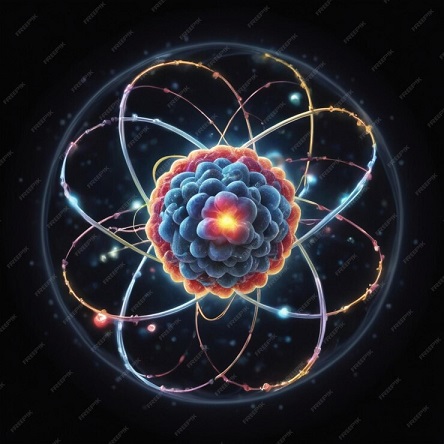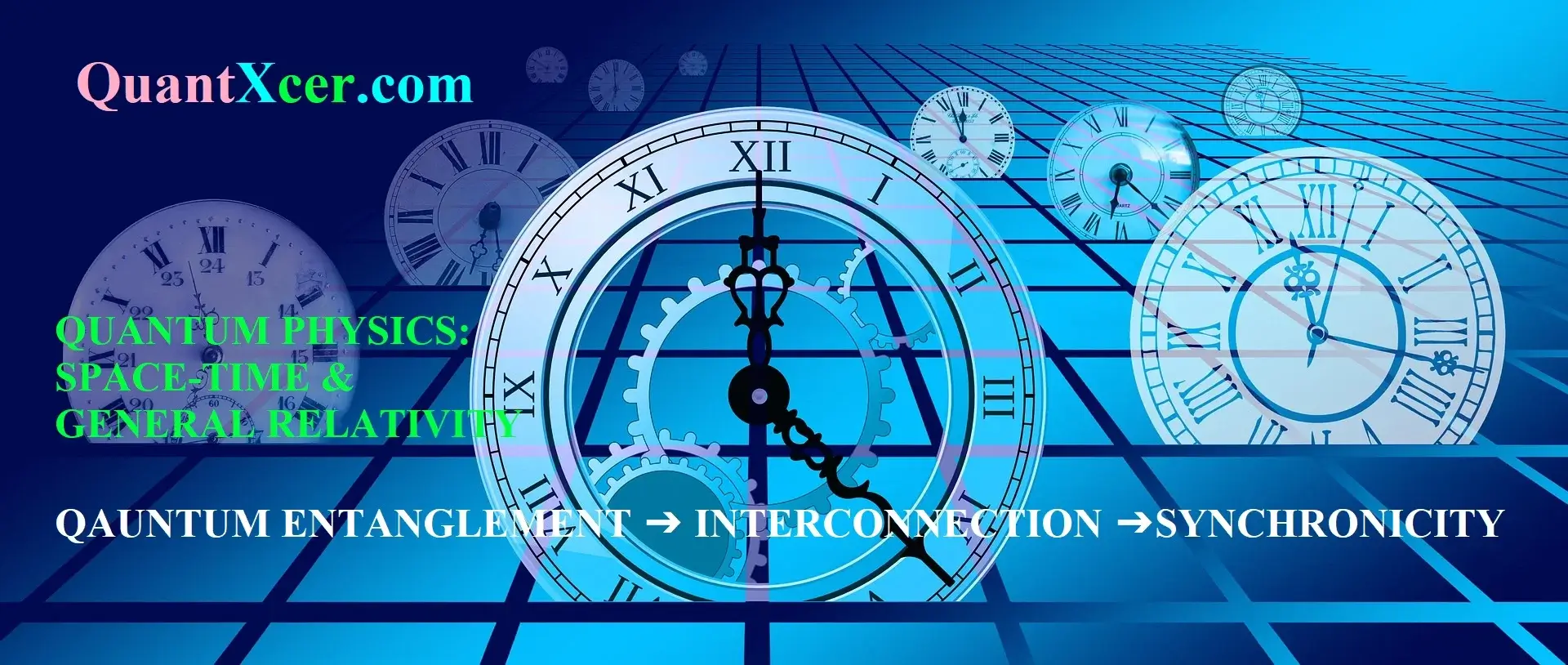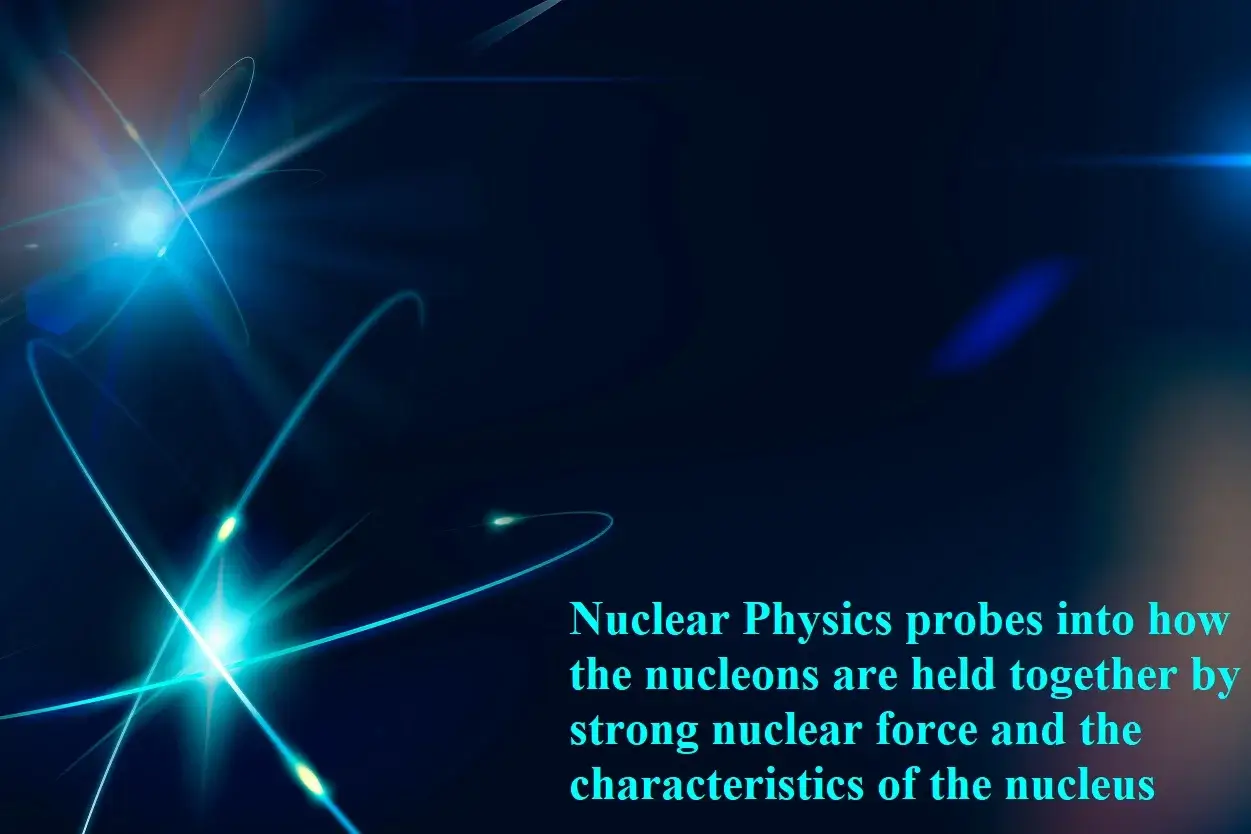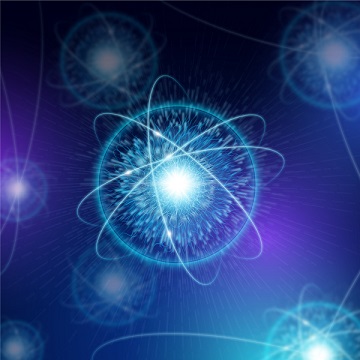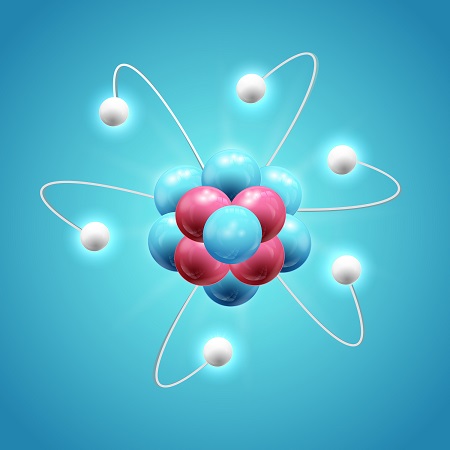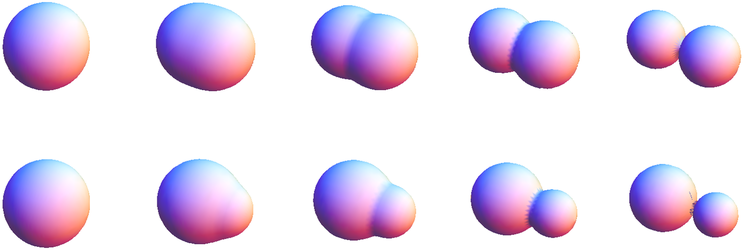NUCLEAR SHELL MODEL

There are two important classes of nuclear models: single particle and microscopic models, that concentrate on the individual nucleons and their interactions, and collective models, where we just model the nucleus as a collective of nucleons, often a nuclear fluid drop. Microscopic models need to take into account the Pauli principle, which states that no two nucleons can occupy the same quantum state. This is due to the Fermi-Dirac statistics of spin 1/2 particles, which states that the wavefunction is antisymmetric under interchange of any two particles.
The simplest of the single particle models is the nuclear shell model. It is based on the observation that the nuclear mass formula, which describes the nuclear masses quite well on average, fails for certain “magic numbers”, i.e., for neutron number \(N=20,28,50,82,126\) and proton number \(Z=20,28,50,82\), as shown previously. These nuclei are much more strongly bound than the mass formula predicts, especially for the doubly magic cases, i.e., when \(N\) and \(Z\) are both magic. Further analysis suggests that this is due to a shell structure, as has been seen for electrons in atomic physics.
Read more...➔
